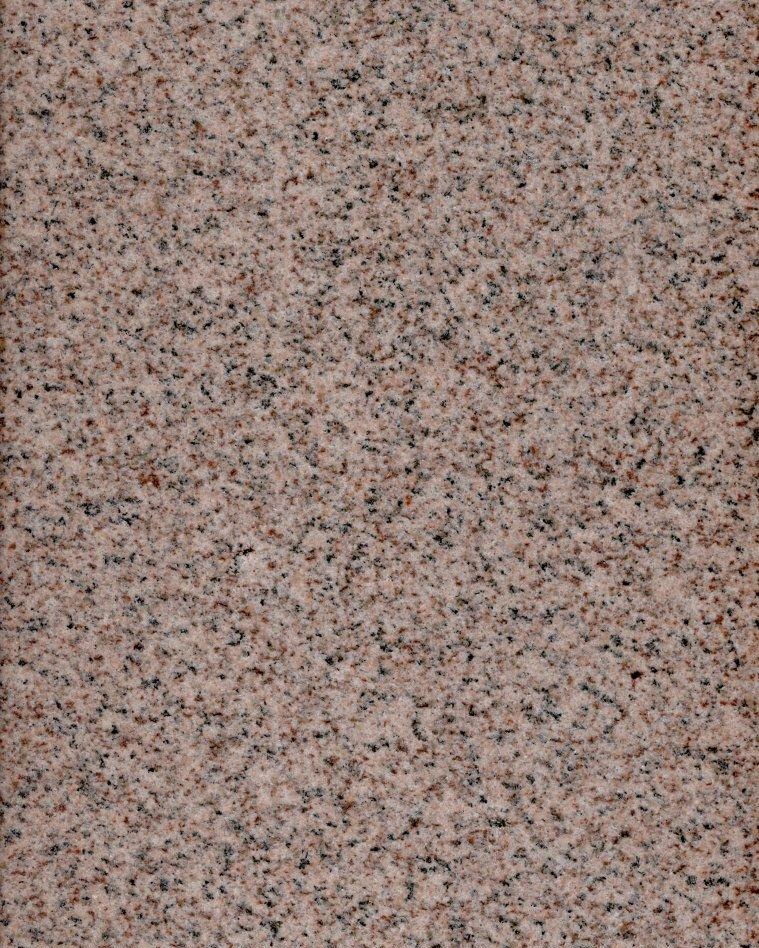Why Granite?
The entire monument industry converted from softer rocks, like marble and slate, to granite in order to guarantee that memorials will endure for generations. Despite its natural strength, not all granite provides the same reliability. A granite’s color and grade is key to a monument’s appearance over time.
Granite Color
Below are the samples of our most popular colors. Granite is a combination of various minerals and rocks, which explains the different colors, textures and patterns available. No two pieces of granite are alike. The colors of granite vary by region and may be quarried from North America, Asia and Europe. More readily available colors, such as traditional grays which are seen in most cemeteries, are priced lower. Blue, red and black granites are examples of more exquisite and rare granites, and are priced higher due to their more limited supply.
Granite Grade
A granite's grade (quality) is determined mostly by the region of the world from which it's quarried and may not be easily visible to the naked eye. The grade of a granite will reflect the monument’s hardness, durability, color depth, water absorption, lettering contrast and overall suitability for crafting designs and lettering.
Low-grade granite is prone to chipping, degradation, water retention and discoloration over time. Gingrich Memorials only uses the highest grade of granite available in crafting their monuments, which is reflected in the sharpness and pristine appearance of the lettering and designs for centuries to come.
DOMESTIC GRANITE COLORS
HEIRLOOM GRAY
Vermont
ARTISAN ROSE
Canada
ARTISAN MAHOGANY
Canada
ARTISAN GEM MIST
Pennsylvania
artisan red
Missouri
heirloom tweed
South Africa
Heirloom rose
Canada
Heirloom Mahogany
South Dakota
IMPORTED GRANITE COLORS
classic pink
China
Artisan paradiso
India
heirloom black
India
heirloom blue
India
heirloom red
India













